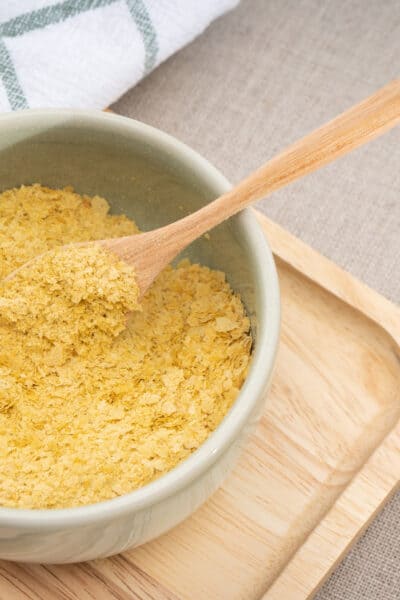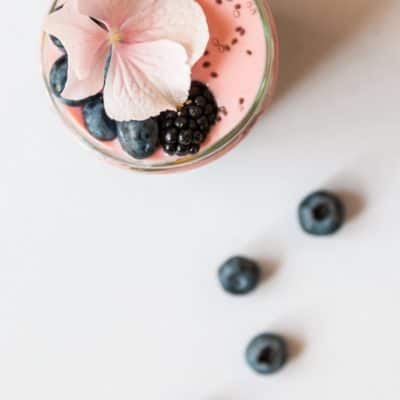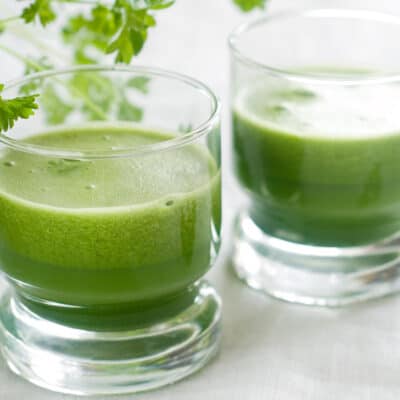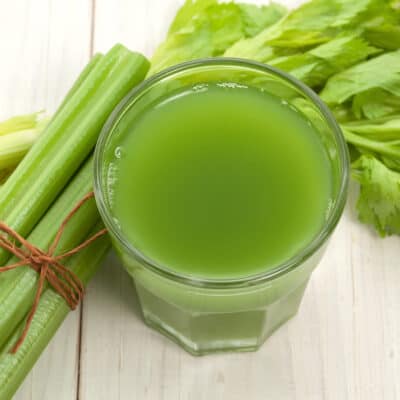Do you have a hyperactive child?
Parents often ask me what they can do for their children who are hyperactive – and as with every condition, we must look at the underlying root causes of hyperactivity in order to effectively treat it.
In the last 50 years, there has been a dramatic uptick in the chemical production in the United States – we are adding more and more chemicals with unknown – and sometimes known – negative effects to our food, personal care products, kid toys, and more. We are now more exposed to more chemical agents than ever before in history. A 2016 study showed that 80% of toxic substances found in maternal blood samples are passed onto fetuses – and in some cases, the baby absorbed more of the chemicals than the mother. As our chemical burden increases, the rates of disease have increased in parallel. According to the Center for Disease Control & Prevention, 1 in 10 children in the U.S. are diagnosed with Attention Deficit/Hyperactivity Disorder (ADHD) – with rising rates of diagnosis each year.
Many children are hyperactive because they are simply missing a few key pieces in their physical, social, and nutritional puzzle. They are having a normal reaction to an unnatural situation. Fortunately, there are some wonderful all-natural ways you can support them (and yourself)!
Get More Minerals In Their Diet.
Mineral deficiencies can lead to unsettled feelings for children (and adults). Many of us suffer from lack of minerals due to the depletion of our soils and processed foods. Here are some great ways to make up for it:
- Give your child mineral rich food daily: celery, cucumber, watermelon (juice them up for added potency!) and root vegetables like celery root and potatoes.
- Sprinkle dulse on your children’s food. Dulse is a fantastic source of iodine, which helps regulate growth, development, and metabolism. This savory sea vegetable make a great seasoning and can also help remove heavy metals from the body.
- Mary Ruth Organic minerals are also great to make sure they get the minerals their growing bodies need!
Let Them Splash In An Epsom Salt Bath.
Speaking of minerals, most of us are deficient in magnesium, yet magnesium is essential in over 300 biochemical reactions in the body, including muscle and nerve function, keeping the heart beating regularly, building strong bones and boosting the immune system. A great way to get magnesium into the body is through an epsom salt bath. What’s more, baths are soothing. You can add good quality lavender or chamomile roman essential oils to the bath to maximize the relaxation effect. (I love the Primavera brand of essential oils from Goddess of Spring due to their high quality and clean extraction process. Use the coupon code amberbodilyhealth at checkout for a discount.)
To make an epsom salt bath: Mix 1 cup epsom salt with 1/4 cup of baking soda (to neutralize the PH) into a warm bath – have your child play in there for 20 minutes. If you would like to add essential oils to the bath, add 1-2 drops to the epsom salt before dumping it into the bath. Wondering about all the benefits of an epsom salt bath? Check out more here.
Make Sure They Get Vitamin B12.
Most of us are also deficient in the right kind of B12 (adenosylcobalamin and methylcobalamin), which is essential for nervous system function, strengthens the immune system, and protects from viral damage. Of course you want to get a high quality vitamin, as cheap forms of B12 (such as hydroxo- and cyanocobalamin) can actually be worse than not taking it at all.
Sip on Herbal Tea.
Chamomile is naturally calming and anti-inflammatory. Add some raw organic honey, which is a mineral-rich food, and have your child sip on it.
Get Lots of Cuddles.
Children need to be held (just as adults do). In fact, research shows that loving touch in childhood decreases stress and is essential for healthy development and well-being as an adult. Physical touch also helps to boost oxytocin, the “feel good” hormone.
Play Music.
Here’s an underestimated source of relaxation – music. Research shows that certain kinds of music has a deeply soothing impact on the nervous system, and can impact the limbic system and hormone regulation. Music therapy has also proven effective for children and adolescents with emotional and behavioral problems and for children with autism.
Get Out In Nature.
Take your child outside: to the park, the playground, anywhere where there is access to nature. According to Richard Louv, author of Last Child in the Woods, most children suffer from what he calls nature deficit disorder. Rain or shine, get outside and your child will reap the many, many benefits thereof. Research shows that being in nature lowers stress, anxiety, and depression; reduces impulsivity; strengthens attention; and improves memory. A 2014 study also showed that spending time in nature improves kindness and compassion for others.
Read Books Every Day.
The secret of books is that they capture a child’s attention, calm them down by having them sit and relax, and help them bond physically and emotionally with you. Moreover, research shows that reading fiction helps boost empathy and that reading books makes for kinder kids than watching social behavior shows on a screen. A great book (and series) for children who are hyperactive is Howard B. Wigglebottom Learns To Listen by Howard Binkow.
Move, Move, Move!
Let your child get their wiggles OUT! Give them lots of opportunities to run, bounce and roll around and use their gross motor muscles. Children naturally have very high energy; it’s not natural for them to stay bound to a chair or even an apartment. Letting them run will allow you both more relaxing time when you get home.
Give Them a Warm, Grounding Massage.
Long known in Ayurveda, India’s traditional medicine, massaging someone hyperactive or anxious with warm sesame oil can really help to soothe and calm the nervous system. Moreover, research shows that massage can help infants sleep more and cry less, decrease aggression and improve the immune system, and decrease restlessness, hyperactivity, and impulsivity (which are all typically symptoms of a child with ADHD).
Avoid Artificial Flavorings & Dyes.
Research proves over and over that these can cause hyperactivity in children. Many European countries like the UK don’t allow these dyes into food but in the US they are still very much present – especially in childrens’ foods. (I’ve written quite extensively on this topic – read more here.) Instead of buying processed cakes, cookies and childrens snacks – make your own from ingredients you trust. It doesn’t take long – take it from me who has 3 food-sensitive boys. Check out some of my recipes here, or check out Detoxinista’s great cookbook.
Avoid Glutamates.
We’ve all heard of MSG and how bad it is for us. Few of us know, however, that it is still present in many foods. Here are some common ingredients (“natural flavors” anyone?) that always or often contain glutamates. See this TEDx talk for how a mother helped her child recover by removing glutamates from her child’s food.
Seek Support.
Parenting is hard – and often having a child with hyperactivity makes it even more challenging. Cultivate a support system who understands your child and can support you as a parent with how you wish to deal with hyperactivity. Remember, you are not alone – there are others that you can always lean on!
Sending you and your family many blessings,
Amber










